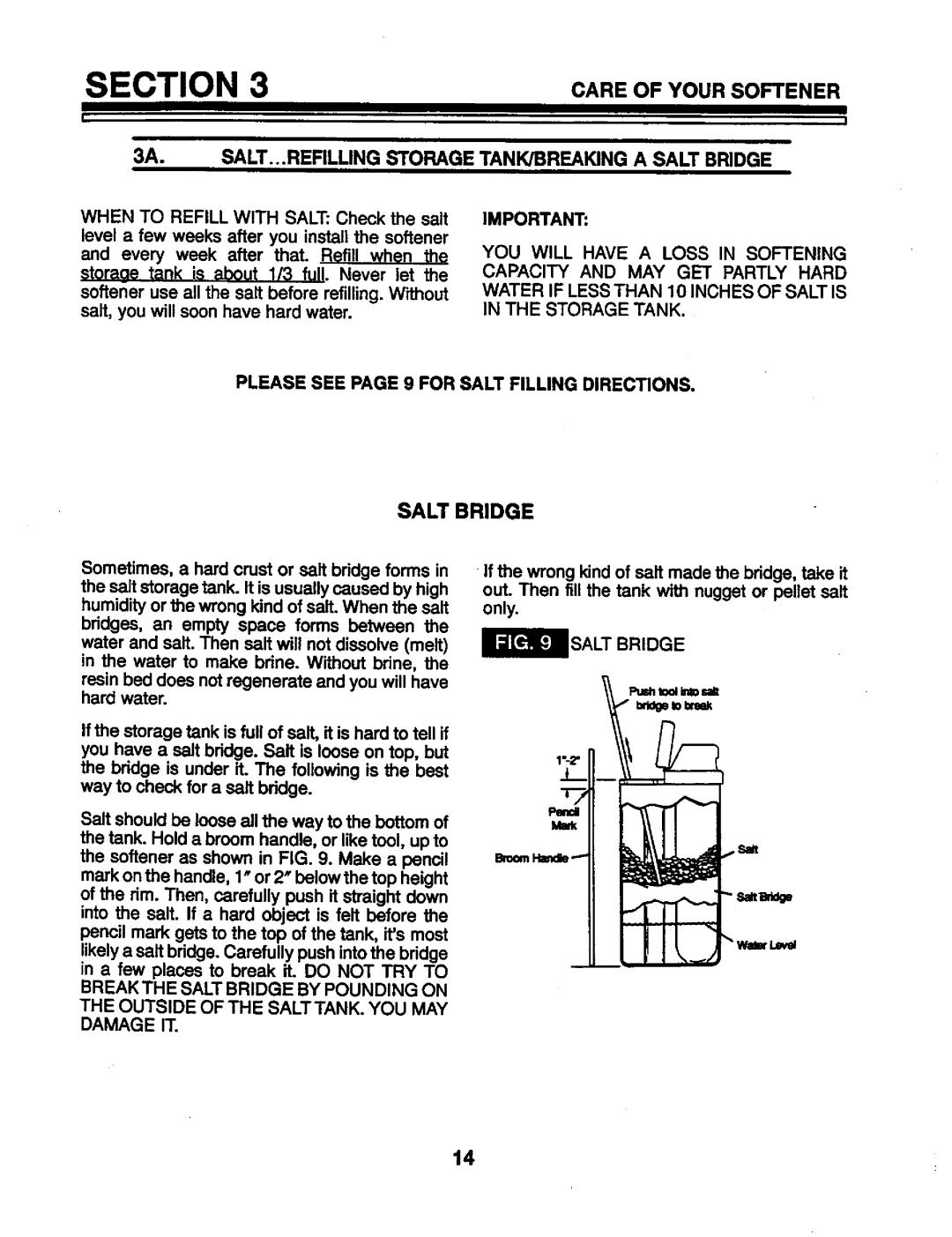625.34846 specifications
The Kenmore 625.34846 is a highly regarded model in the realm of household appliances, particularly known for its efficiency and user-friendly features. This unit exemplifies a harmonious blend of traditional design and modern technology, making it a perfect addition to any kitchen or laundry room.One of the standout features of the Kenmore 625.34846 is its robust performance. Equipped with a powerful motor, it ensures that tasks are accomplished swiftly, whether it’s washing clothes or handling other laundry chores. The machine's cycle options are diverse, catering to a range of fabrics and cleaning needs. Users can choose from various settings like delicate, heavy-duty, or quick wash, providing versatility for different laundry loads.
In addition to its performance capabilities, the Kenmore 625.34846 is designed with energy efficiency in mind. With Energy Star certification, this appliance minimizes electricity consumption without compromising its functionality. This feature not only contributes to lower utility bills but also aligns with environmental sustainability efforts, making it an appealing choice for eco-conscious consumers.
Another significant characteristic of the Kenmore 625.34846 is its user-centric interface. The control panel is intuitive and easy to navigate, featuring a digital display that provides real-time updates on cycle status. This ensures that users can effortlessly monitor their washing progress. The machine also includes child lock features, enhancing safety in households with young children.
Durability is a crucial aspect of the Kenmore 625.34846, with its construction employing high-quality materials designed to withstand frequent use. The stainless steel drum resists rust and maintains its cleaning efficiency over time, while reducing wear and tear on garments.
Noise reduction technology is another highlight of this model. The Kenmore 625.34846 operates quietly, making it ideal for use in multi-purpose areas or open floor plans where noise is a concern. This feature enhances user experience, allowing for uninterrupted conversations or activities in the vicinity.
In summary, the Kenmore 625.34846 combines powerful performance, energy efficiency, user-friendly features, and durability. These characteristics make it a popular choice among consumers looking for a reliable and efficient appliance that meets modern household needs while standing the test of time. Its thoughtful design ensures that it remains a valuable asset in any home, simplifying daily chores with ease.

